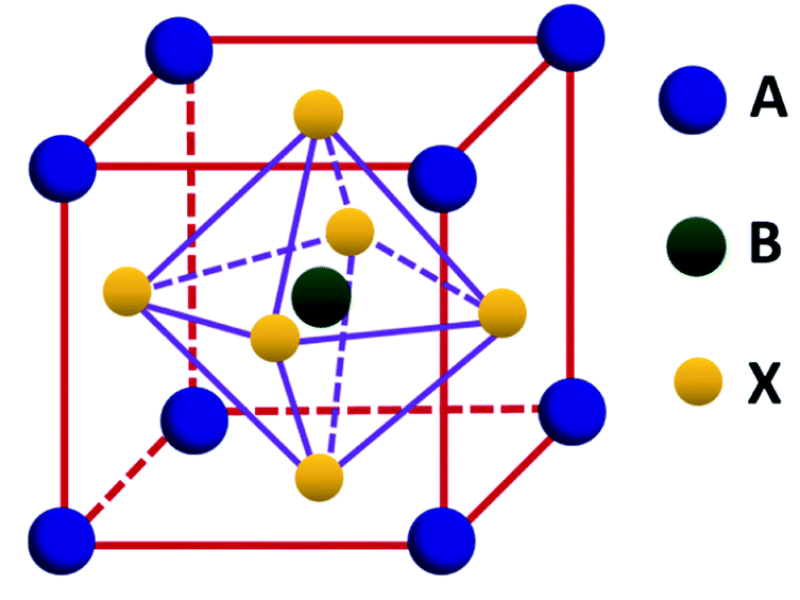Metal halide perovskites - attractive materials for optoelectronic applications
Advisor: Eduard Belas (Faculty of Mathematics and Physics, Charles University)
Funding: Partially funded
Website: http://fu.mff.cuni.cz/semicond/welcome/
Contact: eduard.belas@mff.cuni.cz
Metal halide perovskites (MHP) have attracted global interest in the last decade as highly efficient and inexpensive materials for optoelectronics applications. Within a decade, the power conversion efficiency of single-junction MHP solar cells progressed from 3% to a certified value of 25.5%, the highest value obtained for the thin-film photovoltaics [1]. Mobility-lifetime product of MHP radiation detectors reaches the value of 1.2x10-2 cm2/Vs similar to the highest quality commercially available room-temperature radiation detectors [2]. Perovskites upgraded to the top of the most investigated materials in the past few years. According the Web of Science, the number of papers showing ‘perovskite’ in title reached 5681 in 2020 growing from 606 in 2010. MHP therefore show great promise for deployment as the next generation of optoelectronics applications.
The proposed project is focused to the investigation of single crystal growth technology of MHP from the melt and to the characterization of prepared crystals including electric contacts manufacture by experimental techniques installed in our lab or accessible at cooperating laboratories. The PhD student will join the Group of Optoelectronics and Magneto-optics in the Institute of Physics, Charles University and will be primarily responsible for the development of the single crystal growth technology of MHP from the melt and for the basic characterization of prepared crystals conforming to particular properties of MHP.
We are looking for a highly motivated and enthusiastic student who would like to join our team and effort. Strong communication skills and the ability to interact and co-operate well with other scientists and students in the team are essential. The applicant should have a knowledge in the Solid state physics or inorganic chemistry with the specialization to semiconductors. Previous experience with the semiconductor single crystal growth and semiconductor characterization is advisable. The candidate ought to be familiar with techniques used at the characterization of semiconductors. An acquaintance with theory of solid state and computational background are welcome as well.
References:
[1] NREL. Best Research-Cell Efficiencies. https://www.nrel.gov/pv/cell-efficiency.html
[2] Y. He et. al., CsPbBr3 perovskite detectors with 1.4% energy resolution for high-energy γ-rays, Nature Photonics 15, p.36, 2021.


